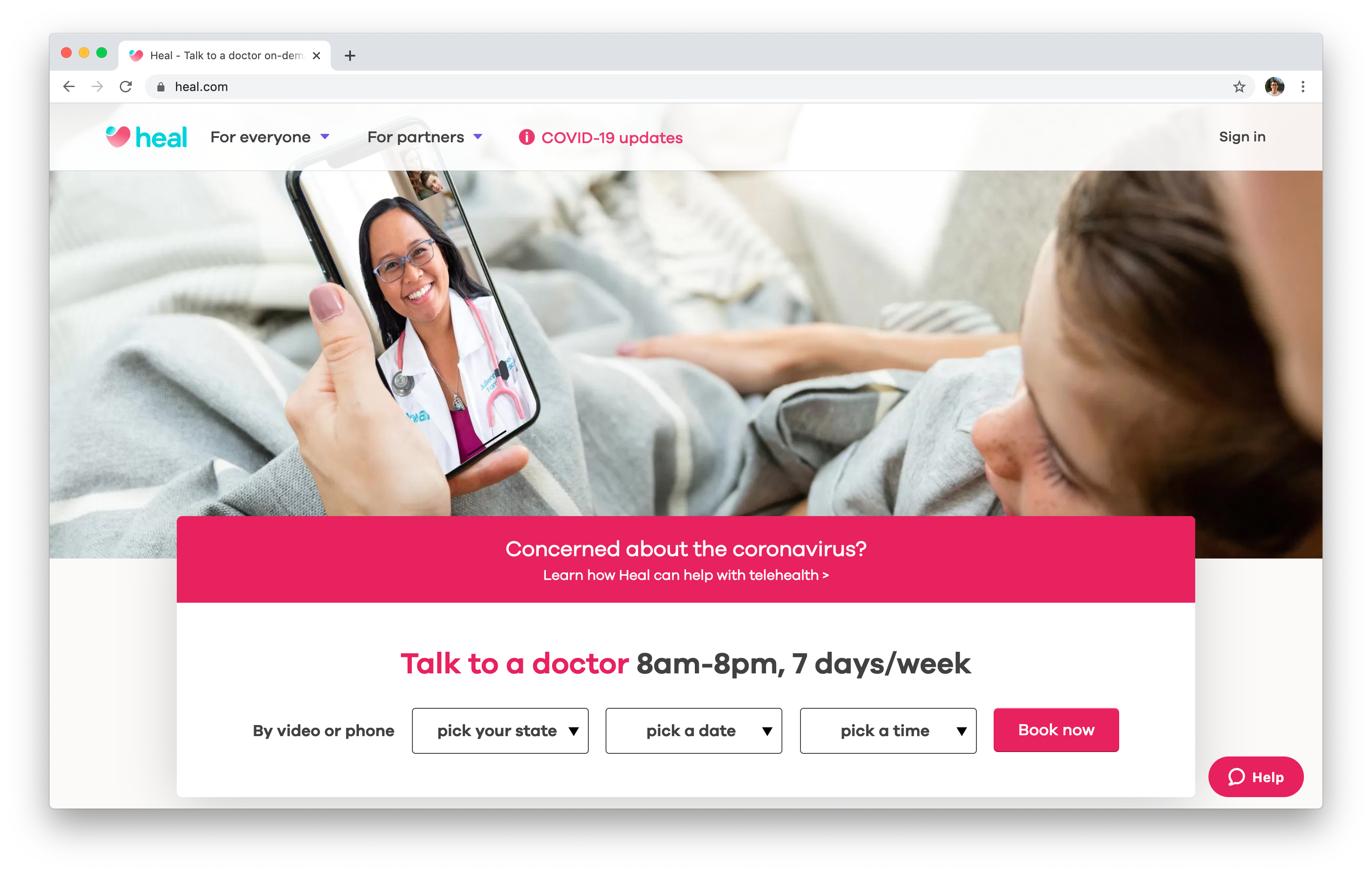The Future of Medicine: Checking Out Subscription Based Healthcare Versions
The Future of Medicine: Checking Out Subscription Based Healthcare Versions
Blog Article
Comprehending the Cost-Effectiveness of Subscription-Based Medical Care Models
As the medical care landscape advances, subscription-based versions arise as an engaging option, guaranteeing to redefine exactly how individuals handle medical costs. Examining these versions' cost-effectiveness requires a nuanced contrast with traditional insurance policy, considering both monetary effects and person contentment.
Review of Subscription-Based Versions
Subscription-based health care designs, in some cases referred to as straight medical care or concierge medication, are progressively acquiring attention as a possible option to ineffectiveness within conventional healthcare systems. These versions operate on the principle of offering people direct access to medical care suppliers with a annual or month-to-month charge, bypassing the requirement for conventional insurance systems. This arrangement intends to improve patient-provider communications by minimizing administrative problems, which typically hinder individualized and timely treatment.
At the core of subscription-based models is the focus on a more individualized patient experience. Individuals benefit from improved accessibility to their doctors, usually including next-day or same-day appointments, prolonged consultation times, and direct interaction networks such as phone or video telephone calls. This model promotes an aggressive approach to health care, where people and service providers can collaboratively concentrate on preventative treatment and persistent disease administration.

Cost Comparison With Standard Insurance Coverage

Among the key economic benefits of subscription models is transparency in costs. Patients pay a predictable fee, which can streamline budgeting and economic preparation. In addition, these versions commonly remove co-pays and deductibles for protected solutions, minimizing out-of-pocket investing. On the other hand, standard insurance coverage may be much more beneficial for individuals requiring specialized treatment or pricey therapies not covered under a membership design, as they gain from the broader insurance coverage network and cost-sharing devices.
Nonetheless, cost-effectiveness is context-dependent. While membership models may offer cost savings for those primarily requiring primary care, people with chronic conditions or specialized medical care needs might discover standard insurance much more comprehensive. Examining details healthcare demands and possible usage is important in establishing the most cost-effective choice for people.
Effect On Patient Fulfillment
Individual contentment within subscription-based health care designs More about the author typically reflects Your Domain Name a significant renovation over typical insurance policy systems. Unlike standard systems, where clients could experience hold-ups in getting care, subscription-based models make certain more prompt and direct interactions with medical care providers.
In addition, the openness in expenses related to subscription-based medical care eases the typical aggravations connected to unforeseen fees and intricate invoicing procedures seen in standard insurance (subscription based healthcare). People appreciate knowing the precise financial dedication upfront, resulting in raised count on and self-confidence in their health care monitoring
Furthermore, the focus on preventive treatment and wellness in membership models contributes to boosted health and wellness end results, even more boosting client contentment. By focusing on continuous wellness maintenance instead of anecdotal care, individuals experience an even more holistic and constant health care trip.
Furthermore, the enhanced provider-patient connection cultivated in these models, defined by even more time spent per person and personalized interest, plays a critical role in boosting person fulfillment levels, as patients feel truly looked after and comprehended.
Supplier Perspectives and Experiences
From the provider's viewpoint, subscription-based medical care versions use a transformative technique to supplying medical services. These models stress a preventative and positive medical care approach, enabling providers to concentrate on comprehensive client care without the restrictions of standard fee-for-service setups (subscription based healthcare). This change in emphasis usually causes boosted person results and boosted supplier contentment, as medical care professionals can designate more time and resources to patient involvement and individualized care plans
Moreover, registration versions help with foreseeable revenue streams, which boost economic stability for healthcare service providers. This predictability allows for boosted resource planning and appropriation, adding to a more reliable health care delivery system. Providers can purchase staff technology, framework, and training enhancements, thereby improving the quality of treatment used.
Nonetheless, the change to subscription-based models is not without obstacles. In spite of these obstacles, lots of suppliers discover that the benefits of enhanced individual communication and streamlined operations exceed the preliminary obstacles, making subscription-based models an appealing choice.
Future Prospects and Challenges

A main obstacle is regulatory compliance, as registration versions need to comply with advancing medical care policies and insurance requirements. This demands constant adjustment and technology to guarantee positioning with lawful standards. In addition, incorporating these models into existing medical care facilities can be complicated, needing significant financial investments in technology and training.
There is also the prospective risk of creating inequities in healthcare access, as registration models might favor those that can manage them, leaving vulnerable populations underserved. Addressing this calls for thoughtful factor to consider of pricing techniques and subsidy systems to guarantee inclusivity.
Conclusion
Subscription-based medical care models offer a viable alternative to typical insurance by supplying economic predictability and openness, particularly profiting people with persistent conditions site here or regular health care demands. The cost-effectiveness of these models is contingent upon private healthcare usage patterns and conditions.
Subscription-based medical care versions, occasionally referred to as direct main treatment or concierge medication, are progressively acquiring focus as a prospective solution to inefficiencies within traditional healthcare systems. Unlike conventional systems, where clients could experience delays in receiving care, subscription-based designs ensure even more prompt and straight interactions with medical care providers.
These versions highlight a preventative and proactive medical care technique, allowing companies to concentrate on detailed individual treatment without the restrictions of conventional fee-for-service setups. As these designs continue to acquire grip, they supply the prospective to change patient access to care, simplify service shipment, and maximize health care investing.Subscription-based healthcare versions offer a feasible alternative to traditional insurance by providing financial predictability and openness, specifically profiting people with persistent conditions or regular medical care requirements.
Report this page